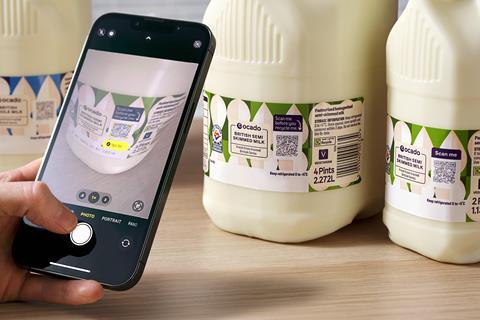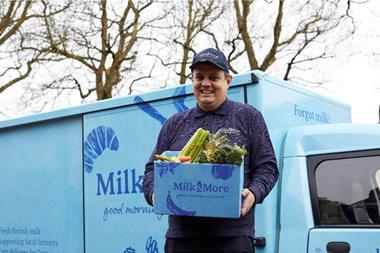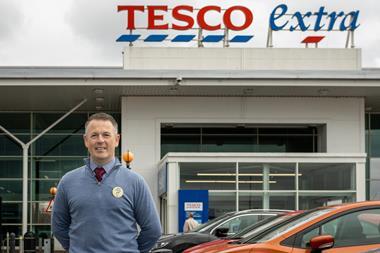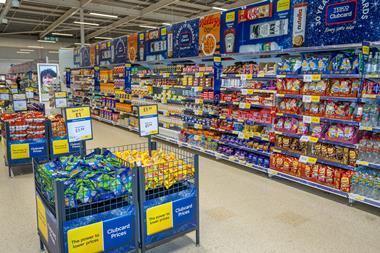
It really is amazing what has been achieved by the scanning of a simple code. Over the course of my career, I have had the privilege of witnessing this progress first hand.
Fifty years ago, I was starting my first holiday job at a Tesco store. Pricing gun in hand, I was tasked with manually applying stickers to each and every product. Like today, this was a time of high inflation, so I was kept very busy.
We had to change prices practically every month. When these goods eventually made it to the till, staff then had to key in every individual price and, when you wanted to see what stock you had, you had to walk the entire store to physically count it.
As summer ended, I asked if I could have my job back the following year but was told by a manager that change was on the horizon – something completely new that would remove the need for my pricing gun entirely. Little did I know this revolutionary new technology – the barcode – would not only boost efficiency in store, but change the course of global commerce forever.
Within a few years, the barcode was omnipresent. In a remarkably short period of time, it propelled industry into a whole new era – an era of control, traceability, data-informed management and customer focus, all powered by a 13-digit GTIN.
This all began on 3 April 1973, when industry leaders came together to agree on a common way of doing business. From that point forward, a simple scan at checkout connected a physical product to its digital identity, creating trusted data that could be easily shared throughout the supply chain.
Fifty years on, over 10 billion barcodes are now scanned each day, providing greater trust, transparency and efficiency for brands, retailers and consumers alike.
The world has changed a great deal since that first beep at the till. Digital transformation has rapidly driven the demand for quality data as consumers seek out more information on the products they buy, what they are made of and where they are produced – as well as their impact on the planet and how to recycle them. In addition, increasing legislative demands require businesses to rethink how they efficiently capture and share key product information.
The mobile phone also turns 50 this month and, like the barcode, is transforming the way we shop. Increasingly, consumers are interacting with the products they buy through the lens of their phone cameras and, with near-constant access to the internet, expect all things to be known instantly.
Growing consumer and legislative demands have led to brands having to utilise additional codes and symbols to communicate important data on pack – be that sustainability, nutritional or safety information.
A simpler way of doing this in the short term will be to include a QR code for consumer-facing applications alongside a linear barcode for use at PoS, internal stock control, or supply chain operations management.
GS1 is facilitating industry to look beyond this two-code approach by harnessing the power of next-generation barcodes. These data-rich, 2D (QR) codes will allow everything from warehouse machinery and PoS scanners, to specialised apps and even smart fridges, to easily obtain information about a product.
More importantly, a single scan of this code with a mobile phone will instantly bring to life the product data, its impact on the planet and the person purchasing it.
This may sound radical but I believe that, through collaboration, this will revolutionise retail online and in store within the next five years.



















No comments yet